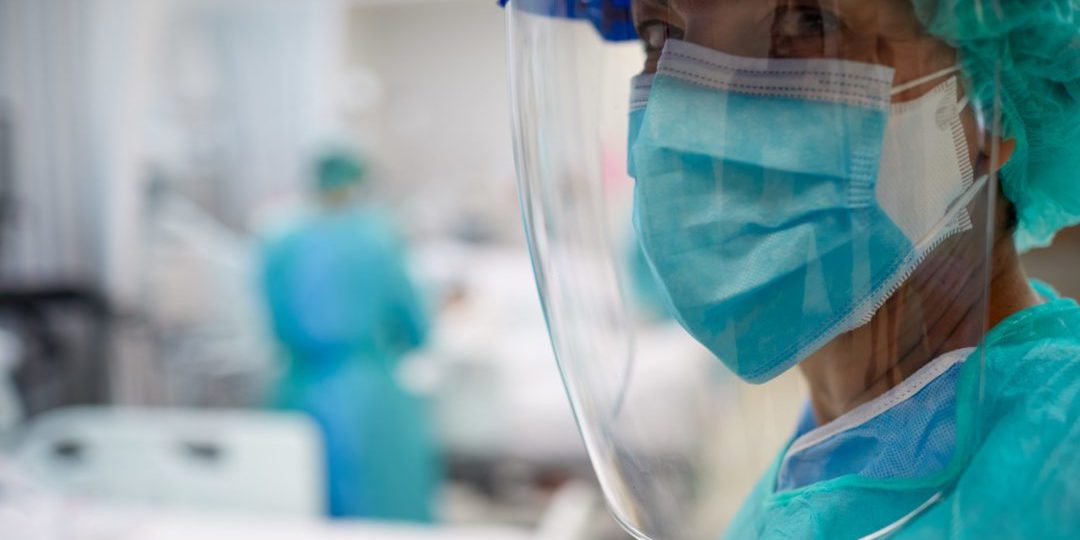The healthcare world has drastically changed since the onset of COVID-19. Nurses have played a key role in response to the pandemic, providing care to those sick with COVID-19 while also juggling their other duties. As such, many nurses have been working longer, more intense shifts, raising questions about how the pandemic will impact the next generation of nurses’ desire to enter the workforce.
The National Council of State Boards of Nursing (NCSBN) data regarding the first-time NCLEX test-takers in the United States begins to provide insight on this important question by painting a quantitative picture of the number of graduates seeking to enter the RN workforce. With the release of 2020’s data, we can make some important observations related to nursing’s next generation.
- More aspiring nurses from the US took the NCLEX in 2020 than any year in history.
- There was a YOY increase of 3.5%, which is somewhat consistent with the growth in first-time test takers we saw in 2019 and 2018 (5.0% and 3.5%), and 1% higher than the average increase seen over the past 10 years (2.5%).
- COVID-19’s disruption to testing sites in Q1 and Q2 of 2020 led to the highest number of aspiring nurses taking the NCLEX Q3 and Q4, far surpassing any other years.
The data indicates a greater number of newly licensed RNs have been seeking employment and entering the workforce in late 2020 and early 2021 than ever before. The pandemic has seemingly inspired new grad RNs to obtain their RN license and enter the workforce to deliver patient care.
You can view the compiled data in the table below:
|
First Time NCLEX Test Takers in the US |
||||||
|
|
Q1 |
Q2 |
Q3 |
Q4 |
Total |
% Increase |
|
2009 |
31,061 | 35,470 | 56,425 | 11,752 | 134,708 |
|
|
2010 |
35,259 | 40,251 | 53,342 | 12,037 | 140,889 |
4.6% |
|
2011 |
35,230 | 45,016 | 52,297 | 12,040 | 144,583 |
2.6% |
|
2012 |
37,353 | 49,462 | 51,025 | 12,426 | 150,266 |
3.9% |
|
2013 |
40,979 | 47,818 | 53,735 | 12,566 | 155,098 |
3.2% |
|
2014 |
38,275 | 50,757 | 53,988 | 14,352 | 157,372 |
1.5% |
|
2015 |
39,682 | 51,508 | 52,261 | 14,431 | 157,882 |
0.3% |
|
2016 |
42,537 | 51,807 | 49,131 | 13,598 | 157,073 |
-0.5% |
|
2017 |
42,056 | 54,557 | 46,795 | 14,312 | 157,720 |
0.4% |
|
2018 |
42,702 | 53,202 | 51,843 | 15,491 | 163,238 |
3.5% |
|
2019 |
47,031 | 53,945 | 54,449 | 15,961 | 171,386 |
5.0% |
|
2020 |
45,692 | 51,492 | 61,613 | 18,609 | 177,406 |
3.5% |
To further discuss and learn how we might be able to help your health system, please get in touch with our team today.


